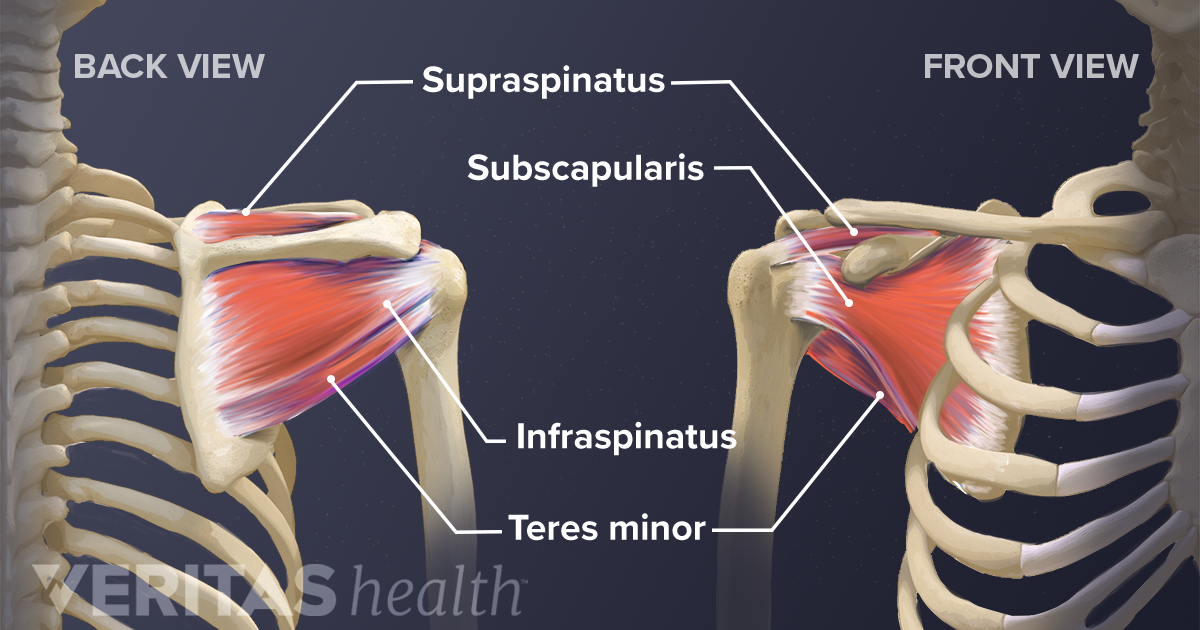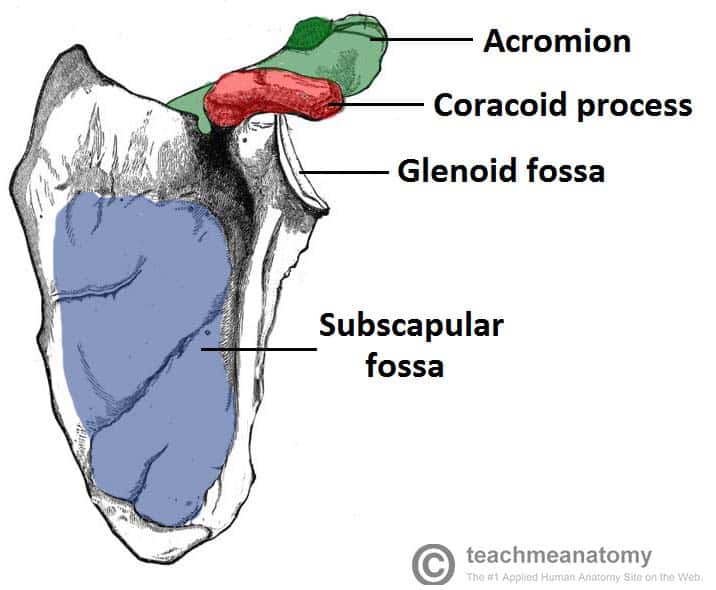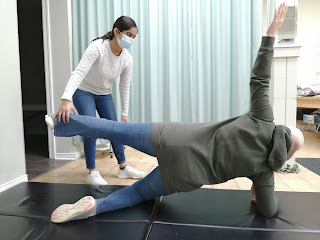Shoulder Pain

Shoulder pain is such a common reason to seek physiotherapy and we see lots of it at our practice.
Sports injuries, a fall or repetitive movement with a slouched posture all could lead to shoulder tendinitis or pain. In severe cases, the tendons could tear or the bony structure of the joint could fracture and that would complicate the healing process for sure. No matter what is the cause of the pain, maintaining a good posture is always important in shoulder rehabilitation after the fracture is healed or after surgical tendon tear repair is needed.
(This is a great video for posture correction: https://www.youtube.com/watch?v=5R54QoUbbow)
The earlier you come for an assessment in order to start moving that injured or painful shoulder the better the recovery down the road would be. When the physiotherapist suspects fracture or tear, we will refer you to your medical practitioner right away for further investigation. Most of the time, we need to continue therapy especially when there is a tear to prevent frozen shoulder from happening. We want to prevent the pain from becoming worse and leading to severe tightness around the shoulder. When the inflammation or pain subsides and the range of motion is still severely limited, it is becoming a frozen shoulder, which would take months to years to recover.
Hands-on treatment, such as myofascial release around the shoulder joint, including the shoulder blade area is important to soften the muscles that harden due to disuse from pain. Sometimes we will need to press into the armpit area to get into the front of the shoulder blade to get to the subscapularis muscle (see the picture above). It is not the most pleasant feeling but it will get the shoulder blade moving. Sometimes we also need to lift the shoulder blade away from the ribs to stretch the muscle.
Shoulder joint consists of the arm bone (humerus), collar bone (clavicle) and shoulder blade (scapula). All three need to move together during an arm movement in order to have full range. Any muscles attaching to these three bones could tighten and reduce the joint range of motion and increase pain on top of the inflammation from the injury. Sometimes muscle tightening itself due to aging or disuse without an injury can alone be the cause of pain. Physiotherapists will be able to diagnose that during a proper assessment.
Next important part of treatment for shoulder pain would be the exercises. A wide range of shoulder range of motion exercises using a stick or wall can help the shoulder to maintain its movement without aggravating the injured parts of the shoulder. Maintaining the strength is also important; we usually would progress strengthening exercises from isometrics to using resistance through range.
Choosing what muscle group to strengthen and what type of exercises requires knowledge and clinical skills. Trust your physiotherapist to re-assess the symptoms regularly and progress the exercises accordingly is very crucial. Any wrong exercises could cause more pain and inflammation and slow down the healing. An exercise program without progression also would not help to achieve optimal recovery. Being compliant with the program is the key to get better.
Lastly, remember to AVOID PAIN during the recovery of a shoulder problem. Most people try to move through pain thinking it would get better but that is not correct with a shoulder problem. Any pain means more inflammation or more pinching of the tendons under the acromion of the shoulder blade. Continuous and repetitive impingement of the tendons can lead to a rotator cuff tendon tear without an injury. No body wants any part of our bodies torn; a big tear will not grow itself back and a permanent impairment could happen even with surgical repair.
Shoulder pain recovery sometimes is slow but most cases they do get better! Work with your physiotherapist and do not give up!
Do you have any shoulder pain stories to share? We would love to hear from you!




Comments
Post a Comment